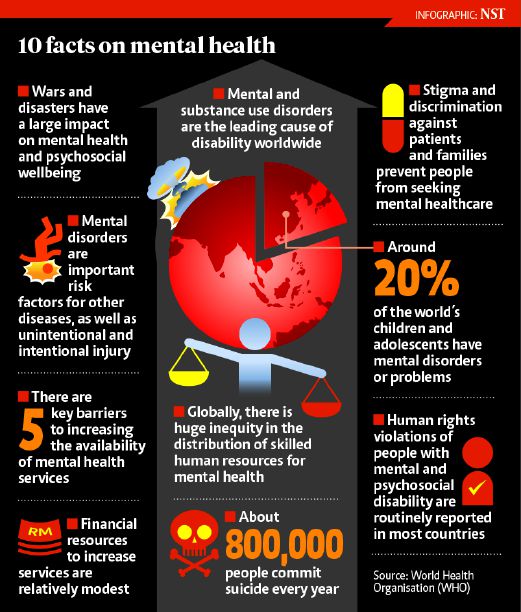What Is The Best Medication For Panic Attacks
What Is The Best Medication For Panic Attacks
Blog Article
How Does Crisis Treatment Work?
The very first step in dilemma treatment includes making sure that the customer is risk-free. This can include examining for factors like frustration or access to hazardous objects.
The next step includes discovering more regarding the client's existing issues. This is frequently done through energetic listening and compassion. This can assist the situation -responder find out how the scenario intensified to a crisis.
De-escalation
Several elements can cause a person to enter a state of situation. These aspects may entail a loss of control, lack of sources or feelings of fear and stress and anxiety. Typically, individuals who remain in a state of dilemma require instant help and assistance.
To de-escalate a crisis circumstance, the initial step is to make certain that the client is secure and safe. This can consist of getting them right into a mental wellness center or various other treatment program. It might likewise entail offering aid and services, such as sanctuary and food.
When the customer is safely in a secure environment, the crisis treatment employee can begin analyzing their emotions and demands. This involves examining the precipitating occasion, the customer's understandings of the definition and reason of the occurrence, and the quantity of subjective distress. This info will certainly help the dilemma treatment worker establish an activity plan to lessen distress and improve working. They might also ask the client to recommend healthy or adaptive cognitions concerning their current circumstance.
Relationship building
Connection is a soft ability that helps you develop trust fund and establish two-way communication. It is additionally a key part of building connections at the workplace. It's a required ability for all employee, but it's particularly crucial for customer-facing specialists and people in leadership settings.
Relationship building includes producing a secure, nonjudgmental space where clients can discuss their sensations and share their experiences. It concentrates on compassion, validation and useful support. It additionally intends to empower clients by supplying details concerning local resources and services, such as dilemma therapy or walk-in facilities.
Some customers hesitate to talk about sensitive or personal topics, so it is necessary to take their lead. It is additionally advisable to ask questions that are clear and concise. By doing this, customers will certainly recognize what is being claimed and can really feel comfy sharing their thoughts and feelings. It's also useful to recommend customers regarding top quality analysis product that can help them manage their situations.
Analytic
The problem-solving process helps people recognize problems and make plans to address them. It is a crucial part of dilemma intervention. This process involves assessing lethality, establishing rapport, and talking about the crisis situation. It also includes active listening and compassion. This sort of paying attention is a crucial action in the situation treatment procedure since it requires you to put the client and their feelings first. It additionally urges you to get rid of any kind of predispositions and judgment that might obstruct of establishing a trusting relationship.
It is important to review the customer's understanding and eating disorder treatment interpretation of the event that led to the crisis. The situation employee must work to identify and address cognitive mistakes and aid the customer develop a more flexible context. This may involve discussing favorable coping approaches, which can be beneficial in decreasing the level of distress. It can additionally entail checking out alternative coping strategies that the customer may have tried.
Follow-up
Throughout this action, the dilemma intervention employee assists clients recognize their sources and support systems. They also urge the client to use flexible coping methods. They also reframe their negative attitude patterns and help them establish reasonable frames of reference for the scenario.
In this step, the crisis employee verifies the customer's feelings and experiences and assures them that they will improve. This step also consists of establishing an unconditional favorable regard for the customer and revealing that they care about them.
It is important for the customer to feel secure and comfortable. To attain this, the dilemma counselor must reveal empathy and energetic listening skills. Then, they need to assist the client recognize any triggers for self-destructive thoughts. Finally, they need to provide a follow-up strategy to prevent self-destruction and offer references if required. To apply this design, therapists need a recording option that allows them to bear in mind rapidly and successfully. This allows them to concentrate on their client's demands rather than browsing a complicated documents system.